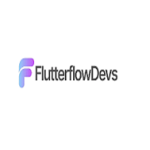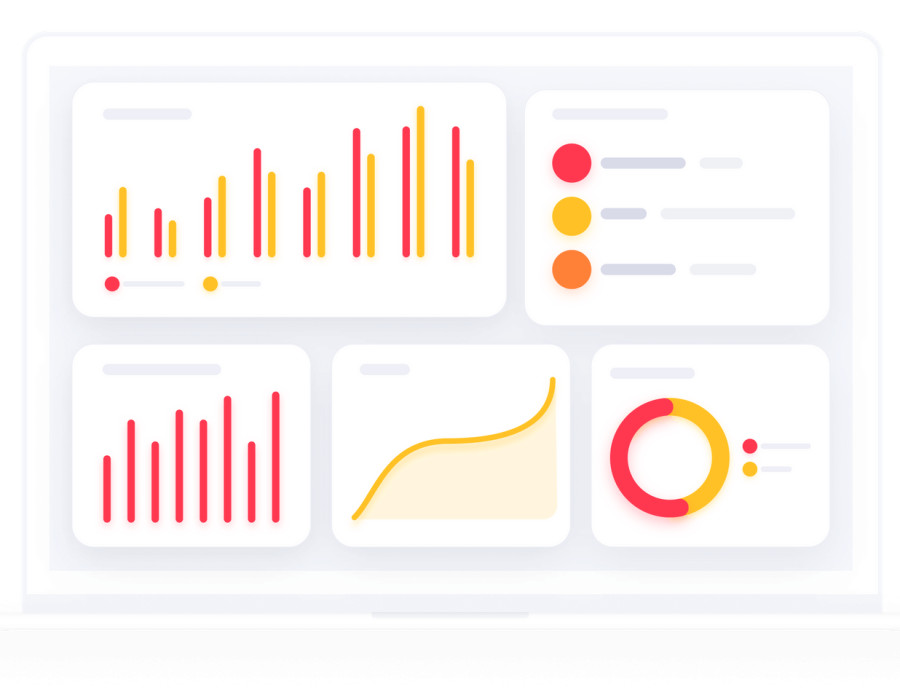Introduction: Flutterflow is a revolutionary platform that simplifies and accelerates the process of building mobile and web applications. Leveraging the power of Flutter, Google's UI toolkit for building natively compiled applications, Flutterflow offers a visual and intuitive interface for designing and developing apps. In this guide, we'll explore the capabilities of Flutterflow, its benefits for app developers, and how you can create powerful and responsive applications with ease.
1. Understanding Flutterflow:
What is Flutterflow: Flutterflow app development is a drag-and-drop app builder that allows developers and designers to create Flutter apps visually, without needing to write code.
Powered by Flutter: Built on top of Flutter, Flutterflow offers the same performance, speed, and native-like experience for both iOS and Android apps.
Visual Interface: With Flutterflow, you can design your app's UI by simply dragging and dropping widgets onto the canvas, making it accessible to developers of all skill levels.
Real-Time Preview: See your changes instantly with the real-time preview feature, allowing you to visualize your app's layout and design as you work.
2. Benefits of Using Flutterflow:
Rapid Prototyping: Quickly prototype app ideas and concepts without spending hours writing code. Flutterflow's visual interface allows for swift iteration and experimentation.
Time and Cost Efficiency: By streamlining the development process, Flutterflow saves time and reduces costs associated with traditional app development.
No Coding Required: While developers can add custom logic and functionality with code, Flutterflow enables non-coders to create functional apps without writing a single line of code.
Responsive Design: Design responsive and adaptive layouts that automatically adjust to different screen sizes and orientations, ensuring a consistent user experience across devices.
Widgets and Components: Flutterflow provides a rich library of widgets and components, from buttons and text fields to complex layouts and animations, making app creation efficient and versatile.
3. Getting Started with Flutterflow:
Create a New Project: Start by creating a new Flutterflow project, choosing from various templates or starting from scratch.
Design Your UI: Use the intuitive drag-and-drop interface to design your app's user interface. Arrange widgets, customize styles, and add interactivity effortlessly.
Add Functionality: Incorporate functionality by adding actions, navigation, and logic to your app. Connect buttons to screens, implement form submissions, and create dynamic interactions.
Preview and Test: Utilize the real-time preview feature to see how your app looks and behaves across different devices. Test your app on emulators or physical devices to ensure a seamless user experience.
4. Advanced Features and Customization:
Custom Code Integration: For developers comfortable with coding, Flutterflow allows for the integration of custom Dart code to add complex functionality and logic.
State Management: Manage app state using Flutter's state management solutions, such as Provider or Riverpod, to create dynamic and responsive apps.
Animations and Transitions: Implement animations and transitions to enhance user engagement and create polished app experiences.
Data Integration: Connect your app to external APIs or databases to fetch and display real-time data, such as user profiles, news feeds, or product listings.
5. Deploying Your App:
Export Code: Once you're satisfied with your app's design and functionality, export the Flutter code from Flutterflow.
Integrate with IDE: Import the exported code into your preferred integrated development environment (IDE) such as Visual Studio Code or Android Studio.
Testing and Debugging: Conduct thorough testing and debugging to ensure your app functions as intended across different devices and scenarios.
Publishing: Finally, publish your app to the Google Play Store for Android apps or the Apple App Store for iOS apps, reaching a global audience.
6. Conclusion: Flutterflow revolutionizes app development by providing a visual, no-code platform for creating powerful and responsive applications. Whether you're a seasoned developer or new to app development, Flutterflow offers an intuitive and efficient way to bring your app ideas to life. With its real-time preview, extensive widget library, and seamless integration with Flutter's capabilities, Flutterflow empowers developers to design, prototype, and deploy apps with speed and precision. Start your Flutterflow journey today and unlock the potential to create stunning, cross-platform apps that delight users worldwide.
For more info. visit us:






Comments